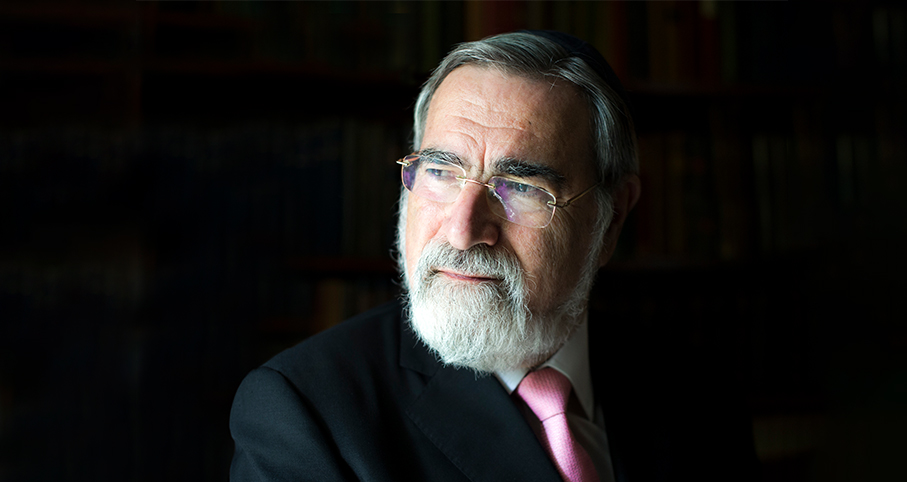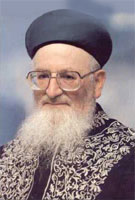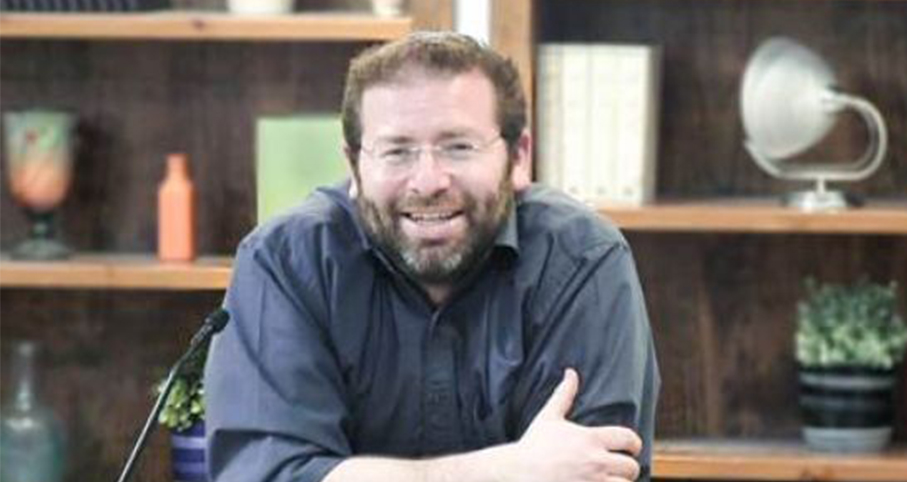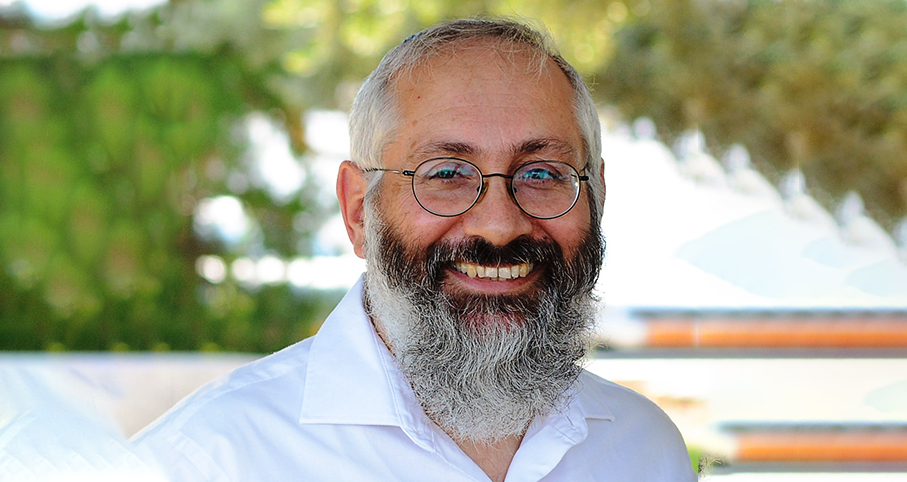Beit Midrash
- Sections
- Chemdat Yamim
- Parashat Hashavua
- Torah Portion and Tanach
- Bamidbar
- Bamidbar
Hoshea was commanded to do extremely difficult things: 1. He was to marry a zona and have children of questionable standing (Hoshea 1:2), as a metaphor for the spiritual adultery of the nation. 2. He was to rebuke the people by comparing them to an adulteress (ibid. 2:4,7). 3. He was to compare the people to a woman who receives pay for her promiscuous actions (ibid. 14).
The followers of the Ba’al believed that the more they engaged in promiscuity, the more rain would fall and produce would flourish. Thus, a solution for the sinful nation was to return the nation to the desert, a place where rain is pointless, as nothing grows there anyway. When Bnei Yisrael left Egypt, they lived in the desert, where they were purified of sin and accepted the Torah.
When they entered the Land, the first place they were to conquer was Yericho, a city with a famous house of the zona Rachav. The goal was to make Rachav repent and destroy the city. The ruins of Yericho were a public statement: "We, Bnei Yisrael, entered our Land in order to demonstrate that we are a holy nation." The one who misappropriated the remains of Yericho was Achan. Yehoshua took him to be executed and called him an ocher (one who polluted the nation) and named the place of his execution: Emek Achor (Yehoshua 7:24-6).
The optimistic conclusion of the prophecy of the haftara (Hoshea 2:17-22) is that Hashem will appease us after our separation from Him, return us (like Hoshea’s wife) from the desert, and turn Emek Achor into petach tikva (the opening of hope). There is a linguistic hint (too difficult to transmit in English) that the idol Annat will be replaced by Miriam. The section ends with the p’sukim we say when we wrap the tefillin’s retzuot around our fingers – "I will betroth you forever …" The relationship between Hashem and Bnei Yisrael will be like that of husband and wife. This is why the Rabbis chose these p’sukim to represent the closeness to Hashem that we should feel when putting on tefillin.
More than a century ago, pioneers from Jerusalem decided to build an agricultural settlement near the location of the original Emek Achor (in the desert near Yericho) and call it Petach Tikva in order to fulfill the prophecy of Hoshea. After bitter failure, they used their great dedication to build, on swamps along the Yarkon River, what is now an important city in Israel.
May all positive elements of Hoshea’s prophecy be fulfilled in our days!

Parashat Hashavua: Can One Give a Loan to Hashem? – part I
Rabbi Yossef Carmel | Elul 5785

Parashat Hashavua: What’s in the Name of Noach?
Rabbi Yossef Carmel | Cheshvan 5786

The Torah Connection
Various Rabbis | 5 Adar I 5768























